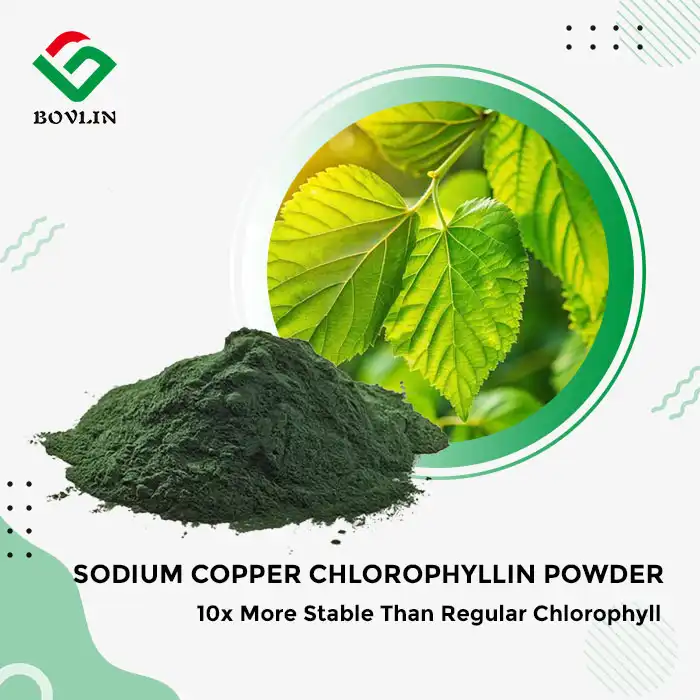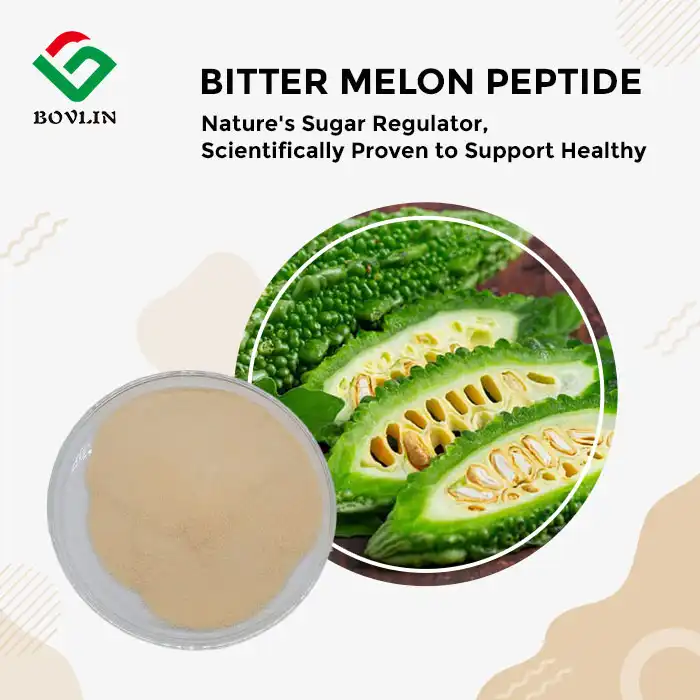Turmeric Extract Curcumin as a Potent Antioxidant
Turmeric extract curcumin has developed as a capable antioxidant in the world of normal wellbeing arrangements. This brilliant compound, determined from the Curcuma longa plant, has been capturing the attention of analysts and producers alike for its exceptional capacity to combat oxidative stress. As a strong free radical scavenger, curcumin powder offers an extensive range of potential benefits for different businesses, from nourishment conservation to corrective details. Its interesting atomic structure and multifaceted antioxidant components make pure curcumin powder a profitable solution for companies looking to upgrade the oxidative stability of their products. In this comprehensive investigation, we'll dive into the science behind turmeric curcumin powder's antioxidant ability and its suggestions for mechanical applications.
Neutralizing Free Radicals and Chelating Metal Ions
One of the essential ways turmeric extract curcumin applies its antioxidant impacts is through its capacity to neutralize free radicals and chelate metal particles. These forms are vital for securing cells and materials from oxidative damage.
Direct Free Radical Scavenging
Curcumin powder acts as a coordinate-free radical scavenger, successfully neutralizing different sorts of reactive oxygen species (ROS) and reactive nitrogen species (RNS). Its phenolic hydroxyl groups and β-diketone moiety play a key part in this preparation, giving electrons or hydrogen molecules to stabilize these harmful atoms. This activity makes a difference by avoiding the chain responses that lead to oxidative stress and cellular damage.
Metal Ion Chelation
Another imperative angle of curcumin's antioxidant movement is its capacity to chelate metal particles. Moving metals like iron and copper can catalyze the generation of free radicals through Fenton reactions. Pure curcumin powder can bind to these metal particles, effectively lessening their accessibility for such responses. This chelation essentially contributes to curcumin's general antioxidant capacity and makes a difference ensuring against metal-induced oxidative stress.
Lipid Peroxidation Inhibition
Turmeric curcumin powder has illustrated an exceptional capacity to restrain lipid peroxidation, a process that can lead to cellular damage and contribute to various neurodegenerative conditions. By interfering with lipid peroxyl radicals, curcumin makes a difference, keeping up the integrity of cellular membranes and protecting against oxidative harm in lipid-rich situations. This property makes it especially profitable for businesses managing with lipid-based items or concerned with keeping up product stability.
How Does Its Atomic Structure Empower Electron Donation?
The atomic structure of curcumin is key to understanding its powerful antioxidant properties. Let's look at how this special structure encourages electron donation and contributes to its free radical scavenging abilities.
Phenolic Hydroxyl Groups
Curcumin's structure contains two phenolic hydroxyl groups, which are pivotal for its antioxidant activity. These bunches can promptly give hydrogen particles or electrons to free radicals, effectively neutralizing them. The phenolic nature of these bunches makes them profoundly responsive towards free radicals, permitting curcumin to act as a chain-breaking antioxidant in different oxidative processes.
β-Diketone Moiety
The β-diketone moiety in the center of the curcumin powder atom also plays a critical part in its antioxidant capabilities. This structure can experience keto-enol tautomerism, giving extra destinations for electron or hydrogen donation. The enol shape of curcumin is especially receptive and contributes essentially to its free radical rummaging activity.
Conjugated Double Bonds
Curcumin's atomic structure highlights an arrangement of conjugated double bonds, which make an amplified π-electron framework. This framework permits the delocalization of electrons, upgrading the molecule's stability after giving an electron or a hydrogen particle. This highlight contributes to curcumin's capacity to neutralize numerous free radicals per particle, making it a profoundly effective antioxidant.

Boosting the Body's Claim Antioxidant Chemical Systems
Beyond its coordinate antioxidant activities, turmeric extract curcumin also has the momentous capacity to upgrade the body's inborn antioxidant guards. This circuitous antioxidant impact contributes to its by and large defensive capacity.
Nrf2 Pathway Activation
One of the key components by which curcumin powder boosts antioxidant guards is through the activation of the Nrf2 (Nuclear calculate erythroid 2-related factor 2) pathway. Nrf2 is a transcription calculate that directs the expression of various antioxidant and detoxifying proteins. When enacted by curcumin, Nrf2 translocates to the core and ties to the Antioxidant Response Element (ARE), activating the generation of different cytoprotective proteins.
Upregulation of Antioxidant Enzymes
Through Nrf2 activation and other components, pure curcumin powder has been shown to upregulate the expression and movement of a few key antioxidant chemicals. These include:
Superoxide dismutase (SOD)
Catalase
Glutathione peroxidase (GPx)
Heme oxygenase-1 (HO-1)
By improving the generation of these proteins, curcumin makes a difference, making a more vigorous cellular defense against oxidative stress, giving long-lasting assurance beyond its coordinate antioxidant actions.
Glutathione Amalgamation Enhancement
Curcumin has moreover been found to increase the amount of glutathione, regularly referred to as the body's ace antioxidant. Glutathione plays a significant part in keeping up cellular redox adjust and protecting against oxidative damage. By boosting glutathione levels, turmeric curcumin powder assists in improving the by and large antioxidant capacity of cells and tissues.
Conclusion
Turmeric extract curcumin stands out as a strong and flexible antioxidant, exhibiting different components of activity against oxidative stress. Its capacity to specifically neutralize free radicals, chelate metal particles, and boost endogenous antioxidant frameworks makes it an important fixing for different mechanical applications. From improving item steadiness to possibly moving forward the oxidative resistance of materials, pure curcumin powder presents energizing opportunities for producers across diverse divisions. As the investigation proceeds to reveal the full potential of this brilliant compound, its role in antioxidant-based arrangements is likely to extend, advertising inventive ways to address oxidative challenges in various industrial settings.

FAQs
What is the prescribed measurement of turmeric extract curcumin for mechanical use?
The fitting dose depends on the particular application and the desired result. It's best to consult with specialists or conduct trials to decide the ideal concentration for your product.
Is turmeric curcumin powder steady in diverse pH environments?
Curcumin's stability can change depending on pH. It's by and large more steady in acidic conditions and may require particular definition procedures for utilize in antacid environments.
Can pure curcumin powder be utilized in combination with other antioxidants?
Yes, curcumin can regularly be synergistically combined with other cancer prevention agents to upgrade the general adequacy. Be that as it may, compatibility testing is recommended.
Experience the Power of Turmeric Extract Curcumin with Bolin Biotechnology
At Bolin Biotechnology, we are a driving provider and producer of high-quality turmeric extract curcumin. Our state-of-the-art offices and thorough quality control forms guarantee that we provide pure curcumin powder that meets the most rigorous industry standards. As your trusted accomplice in plant-based arrangements, we offer customized definitions to meet your particular antioxidant needs. Encounter the distinction of our premium turmeric curcumin powder in your items. Contact us nowadays at sales1@bovlin.com to investigate how we can improve your antioxidant methodologies.
References
Ak, T., & Gülçin, İ. (2008). Antioxidant and radical scavenging properties of curcumin. Chemico-biological interactions, 174(1), 27-37.
Priyadarsini, K. I. (2014). The chemistry of curcumin: from extraction to therapeutic agent. Molecules, 19(12), 20091-20112.
Trujillo, J., et al. (2013). Renoprotective effect of the antioxidant curcumin: Recent findings. Redox biology, 1(1), 448-456.
Barzegar, A., & Moosavi-Movahedi, A. A. (2011). Intracellular ROS protection efficiency and free radical-scavenging activity of curcumin. PloS one, 6(10), e26012.
Menon, V. P., & Sudheer, A. R. (2007). Antioxidant and anti-inflammatory properties of curcumin. In The molecular targets and therapeutic uses of curcumin in health and disease (pp. 105-125). Springer, Boston, MA.
Zheng, J., et al. (2018). Curcumin up-regulates phosphatase and tensin homologue deleted on chromosome 10 through microRNA-mediated control of DNA methylation–a novel mechanism suppressing liver fibrosis. The FEBS journal, 285(6), 1152-1166.











